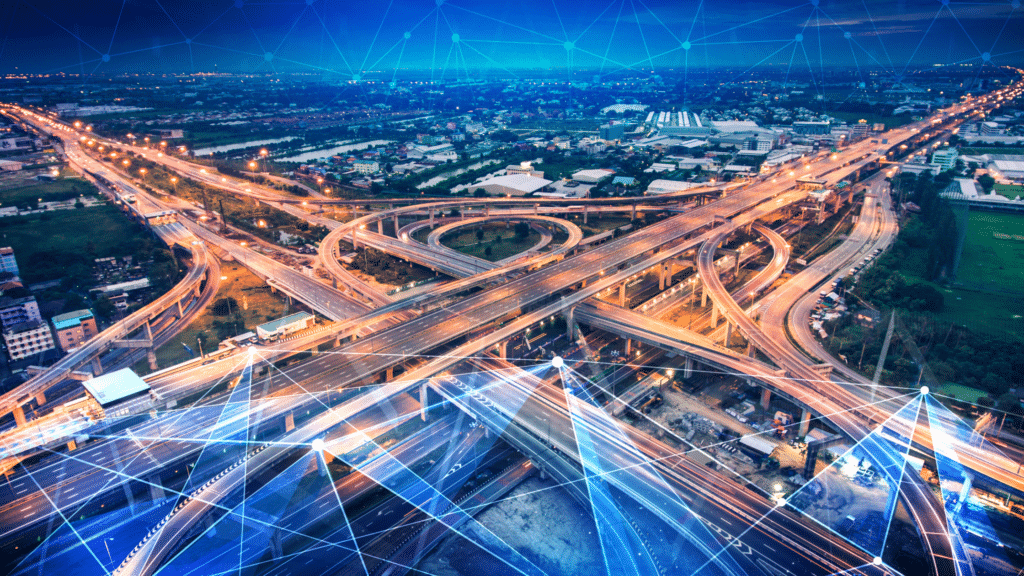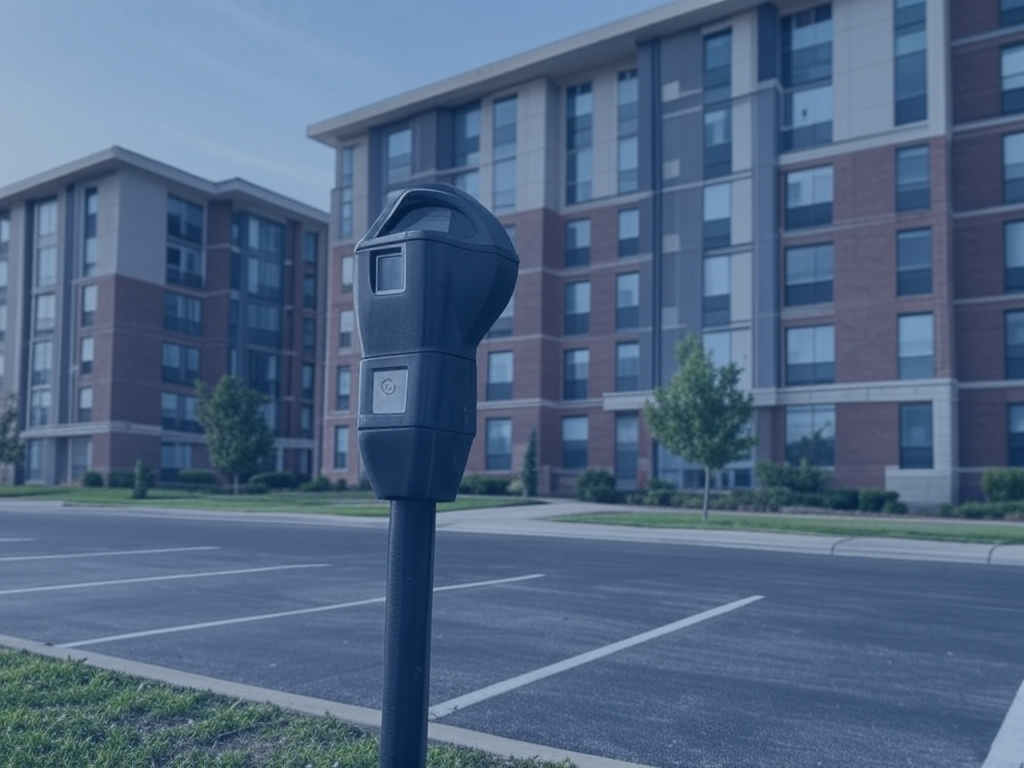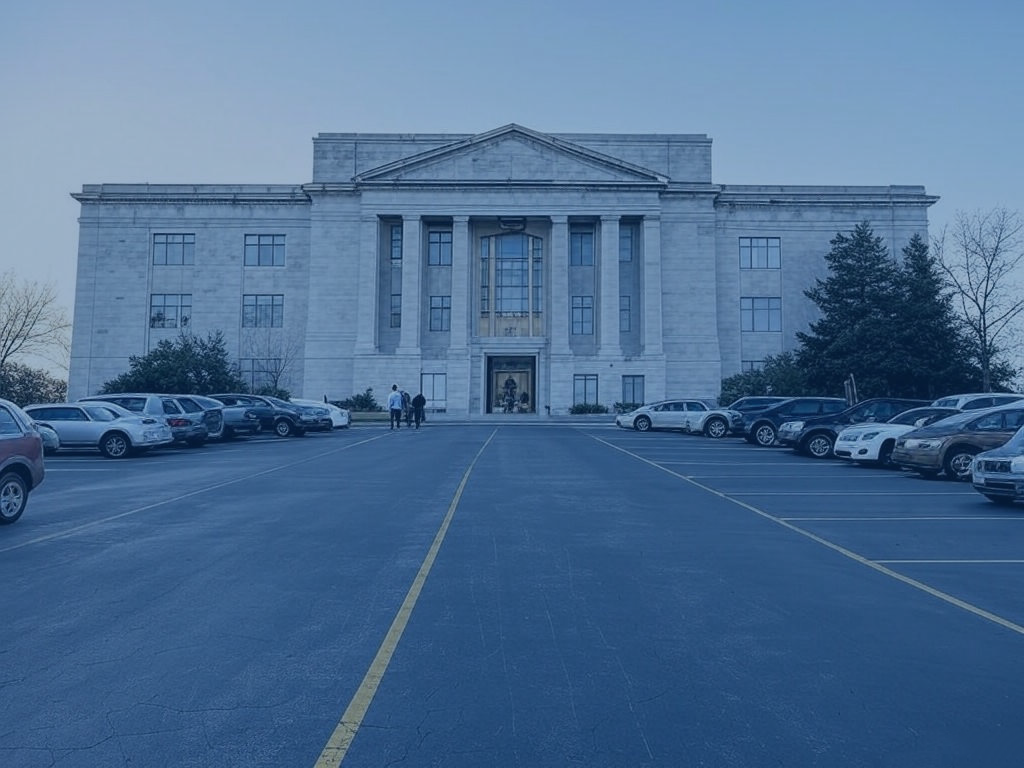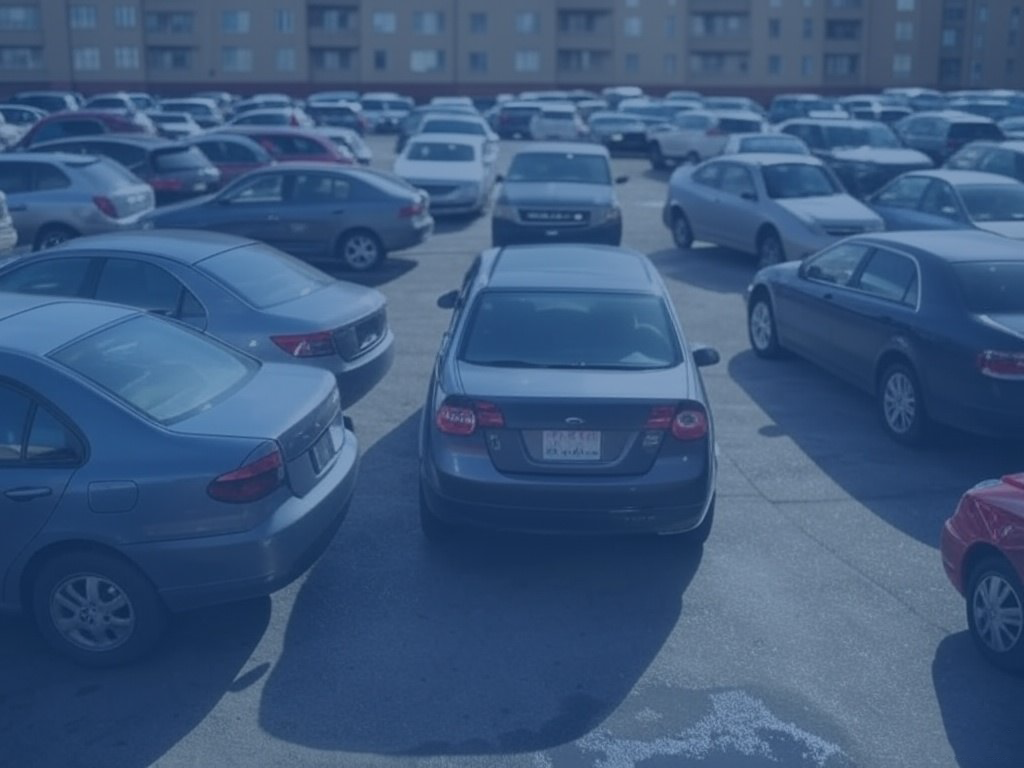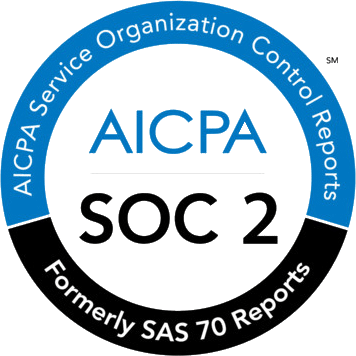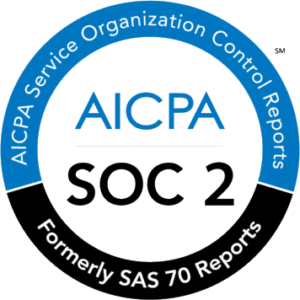In the ever-changing landscape of modern business, even something as seemingly static as parking is not immune to transformation.
The way we park at our workplaces has undergone significant changes in the past decades, morphing from simple open lots to intricate multi-level structures.
Today, a host of factors including technology, environmental concerns, urban planning, and even work-from-home trends, are shaping the future of this crucial aspect of our work lives. This article delves into the past, present, and the future – the predicted state of workplace parking in 2025.
Join us on this journey as we navigate the evolution of workplace parking.
Table of Contents
ToggleA Retrospective: The Story of Workplace Parking
The Beginning: 20th Century Parking Strategies
At the dawn of the 20th century, the concept of parking was still a novel idea. Cars were still a luxury item for many, and the notion of providing a designated place for them at workplaces was yet to take root.
However, the growth of urbanization and industry coupled with the increasing affordability of cars soon necessitated the need for organized systems for parking. This was the start of workplace parking as we know it.
One of the pressing issues during this period was the problem of ‘dead’ vehicles – cars left unattended on the streets or in public spaces, which caused congestion and blockages.
By the 1920s, as cities began to grow, they started allocating specific areas for parking lots, often privately managed but publicly owned. These parking lots could be located either in the heart of the city or on the periphery.
Workplace parking in the 20th century thus evolved significantly, from the early days of unattended cars on city streets, through the advent of parking lots, to the development of off-street parking. These developments laid the groundwork for the modern systems of workplace parking we see today.
The Shift: 21st Century Parking Innovations
However, as cities grew and space became a premium, parking design and management strategies had to evolve. From multi-level parking structures to automated parking systems, the 21st century witnessed a transformation in the approach to workplace parking.
The Current State of Workplace Parking
Trends and Challenges in Workplace Parking
Today, we face various challenges and trends in workplace parking.
Issues ranging from full occupancy and stressful commutes to administrative overload and environmental concerns can make parking management a complex task. Additionally, the demand for parking spaces is growing as cities expand and workforces increase. Leveraging technology, such as real-time communication and reservation systems, can aid in managing these challenges effectively.
On the other hand, concerns about the environmental impact of car-based commuting and the increasing popularity of remote work are reshaping the landscape.
The Impact of Remote Work on Parking
The rise of remote work has significantly affected the need for parking spaces. With more employees working from home, many organizations are reconsidering their parking needs and strategies.
In the age of hybrid work, businesses are facing new challenges in parking management. The fluctuating demand for parking spaces due to alternating home and office schedules makes it difficult to plan efficiently. This lack of certainty can disrupt communication, coordination, and the overall workplace culture. However, a solution lies in modernizing parking strategies by leveraging technology.
Companies are now turning to park management software like Wayleadr to ensure a smoother parking experience for their hybrid employees.
Provide parking certainty to your flexible workforce with a flexible solution
Find out how Wayleadr can help you manage parking for a hybrid workforce
Learn MoreBy embracing these changes, companies can navigate the challenges of hybrid work, enhancing workplace efficiency and satisfaction.
Predictions for 2025: The Future of Workplace Parking
Technological Innovations Shaping the Future
The future of workplace parking is likely to be characterized by further technological advancements.
Predictions for 2025: The Future of Workplace Parking
The future of workplace parking is being moulded by several factors. These factors range from technological advancements to shifting patterns of work culture and the increased emphasis on sustainability. By 2025, we can expect to witness considerable transformations in this realm.
Technological Innovations Shaping the Future
AI in Parking Management
Artificial intelligence (AI) is poised to make significant strides in parking management. Sophisticated AI algorithms coupled with sensor technology will enable commuters to identify and reserve available parking spots in advance. This intervention will not only save time but also help alleviate the stress associated with the hunt for a parking spot.
Artificial intelligence can do incredible things so long as it is properly trained and deployed.
The free space could potentially serve other societal needs. Some examples include the creation of public parks or gardens or even the construction of affordable housing units. By optimizing parking, and consequently streamlining the commute, AI can significantly enhance our quality of life.
Electric Vehicles and Charging Stations
The surge in the popularity of electric vehicles (EVs) and the growing concerns about the environment have begun to shape the landscape of workplace parking. The future could well see workplaces installing EV charging stations in parking areas, adding a layer of convenience and sustainability for EV users.
However, over the last five years, the number of plug-in cars has increased 10-fold, but the number of public chargers has risen by only 2.5 times. Our own research has found that only 1% of parking spaces have EV charging facilities. This shows we still have a long way to go!
An emerging trend we are seeing globally is an increase in the purchasing of EVs, yet the production of EV charging points remains stagnant: this must change.
Sustainability and Workplace Parking
As the world grapples with climate change, sustainability has become a non-negotiable goal for many businesses. The shift towards more eco-friendly commuting options, such as biking, walking, or public transportation, is expected to continue. Technology plays a vital role in facilitating these shifts, making driving to work more efficient and sustainable.
The Influence of Urbanization on Parking Trends
Urbanization is a major force influencing parking trends. With cities becoming denser, the pressure on parking spaces is increasing. Workplaces will likely have to adapt by integrating with public transportation systems, optimizing space utilization, and transitioning to multi-use parking facilities.
With a growing number of people returning to office in the cities, we’re finding too many cars and too few spaces, thus discouraging people returning back to the office
Implementing the Future: Strategies for Transition
Transitioning to future parking solutions involves several strategies.
Smart Planning for Business Owners
Businesses must plan intelligently to adapt to these changes. By leveraging data analytics and sensor technology, office spaces can be optimized to allow more flexible work arrangements. For example, hot-desking, where multiple workers use a single physical workstation, is a trend that’s gaining popularity, with 37% of global organizations intending to use it.
This shift not only reduces the demand for parking spaces but also improves work-life balance, allows for a more diverse workforce, and encourages remote or satellite work, contributing to the overall well-being of employees.
Enhance your employee parking today
Find out how Wayleadr can help you optimise and automate your employee parking with our world class software solutions.
Learn MoreCollaboration between Government and Business
The future of workplace parking also lies in the synergy between government policies and business practices. Legislation promoting smart city technologies and green transportation can catalyze the transition to future parking solutions. This collaboration will not only make commuting more efficient but also contribute to the broader goals of sustainability and urbanization.
As we speed towards 2025, workplace parking is set to become a seamless, efficient, and eco-friendly aspect of our daily work lives. The key to this transformation lies in our ability to adapt and innovate while keeping the broader societal benefits in mind.
In conclusion, the transformation of workplace parking is a clear reflection of our evolving work habits and living environments. It underscores how changes in technology, environmental consciousness, and urbanization are reshaping seemingly mundane aspects of our lives.
As we’ve journeyed from the early days of unregulated parking to today’s technologically advanced and environmentally conscious strategies, we see that the story of workplace parking is not just about where we leave our cars. It’s about how we interact with our cities, how we value our time, and how we prioritize our environmental responsibilities.
Looking ahead, the future of workplace parking appears to be even more dynamic. With advancements in AI, an increased emphasis on sustainability, and a deeper integration with public transportation systems, the parking experience promises to be more seamless and eco-friendly by 2025.
It is crucial that businesses and governments collaborate to navigate these changes effectively. Intelligent planning, proactive policy-making, and strategic use of technology will be key to ensuring that the transition to future parking solutions is smooth and beneficial for all.
To see this transformation in action, take a look at how companies like Sanofi, Version 1 & CBRE have successfully addressed their parking challenges. Are you experiencing parking issues at your workplace? Join industry leaders from companies like Uber, eBay, Indeed.com, and L’Oréal and schedule a demo with Wayleadr.com today to solve your parking problems at the click of a button.
FAQs
- How is AI expected to impact workplace parking? AI can improve parking management by optimizing space utilization, managing traffic flow, and providing real-time information to drivers.
- What role will EVs play in the future of workplace parking? With the rise of EVs, businesses will need to accommodate charging stations in their parking designs.
- How does urbanization influence parking trends? Urbanization emphasizes the efficient use of space, multipurpose parking structures, and integration with public transportation systems.
- Why is collaboration between government and businesses important for future parking solutions? Policies encouraging green transportation and smart city technologies will pave the way for the future of workplace parking.
- How is remote work impacting current workplace parking strategies? The rise of remote work has significantly reduced the need for parking spaces, causing many organizations to reconsider their parking needs and strategies.
